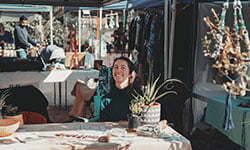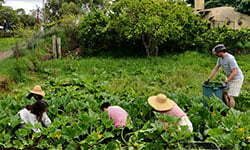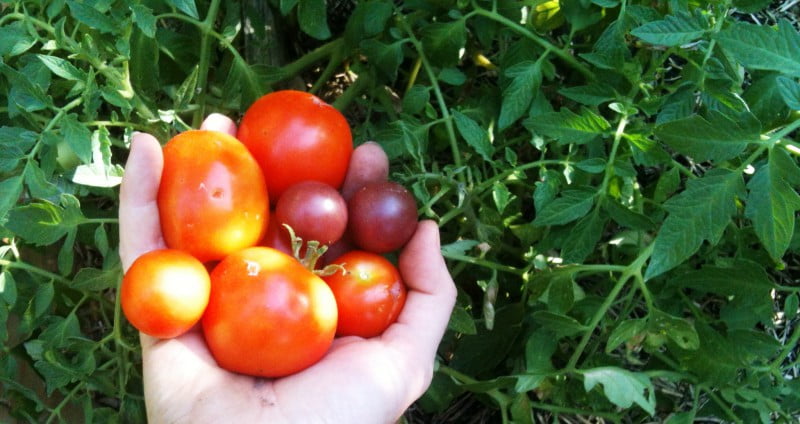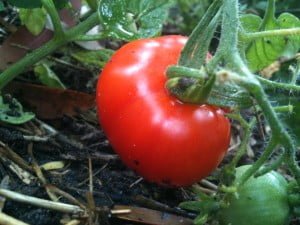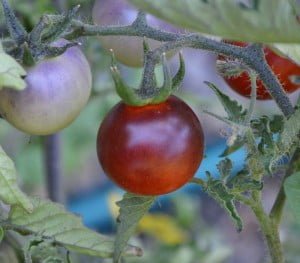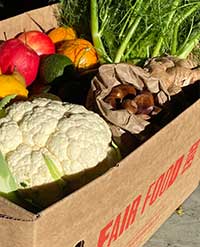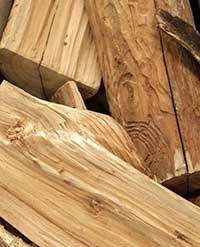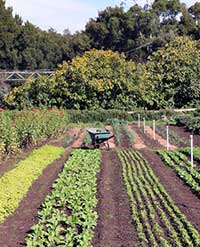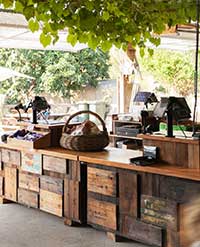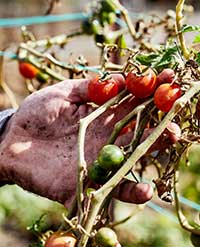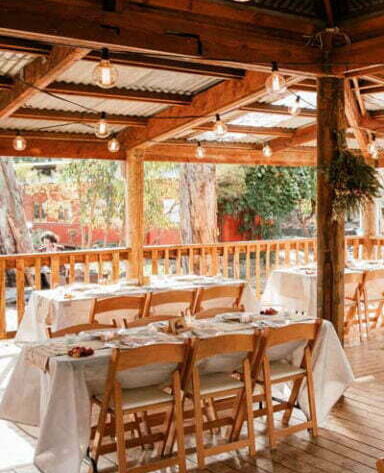how to choose the right tomato
Whether you are starting from seed or choosing seedlings the range of different tomato plants can be a little overwhelming. I like to try at least one new variety every year, as well as growing some tried-and-true faves. It’s great to get a range of colours and sizes of fruit if you can, that way you can dazzle your friends with your heirloom tomato bruschettas all summer.
Have a think about what you will use your tomatoes for before choosing them. Do you make a lot of salads or are you looking to sauce and bottle? Maybe you have some foraging children that would enjoy eating sweet little cherry tomatoes straight from the plant, still warm from the sun.
If you haven’t got a lot of space, try a determinate or semi-determinate variety like Roma or Tatura Dwarf. These produce small bushes that need minimal staking and have ‘determinate’ growth, meaning that after a while they stop getting bigger, phew! They are also referred to as ‘bush’ tomatoes.
Determinate tomato plants tend to fruit all at once, so get ready for a passata-making session when they do. Siberian is a cold-tolerant determinate variety that produces early, so you might even get tomatoes before Christmas! Tiny Tim is a gorgeous little bush tomato that is great in a pot for balcony growers.
Indeterminate tomato plants keep growing and growing pretty much until the end of the warm weather. Their fruit ripens over a long period of time, so you can be grazing on tomatoes whenever you like. Most get VERY big, we are talking to two and a half metres here people, don’t underestimate them! If you are growing in a container pick a big one, at least 40cm in diameter and as deep, and prepare to support it with stakes or a tomato trainer/cage.
A great, high yielding cherry variety is Red Cherry Cocktail. Then there are the old favourites Grosse Lisse, Tigerella, Sweetie, and Black Russian. If giant veges are your thing go for the Beefsteak or Oxheart plants. These produce massive fruits that have great flavour and juiciness.

